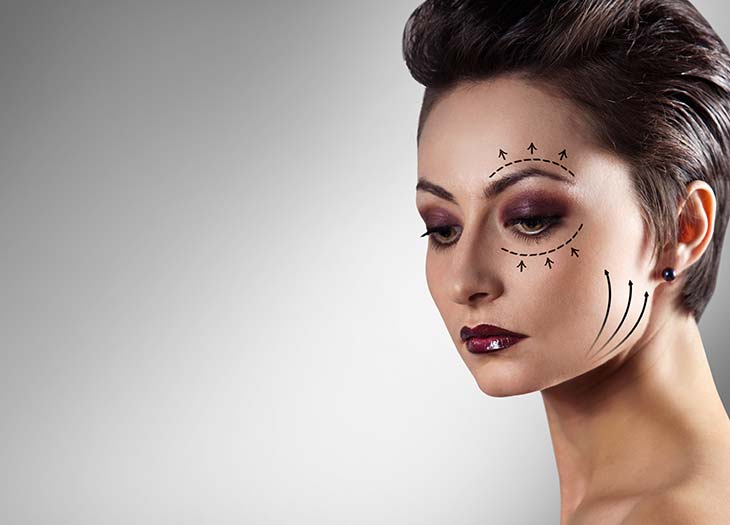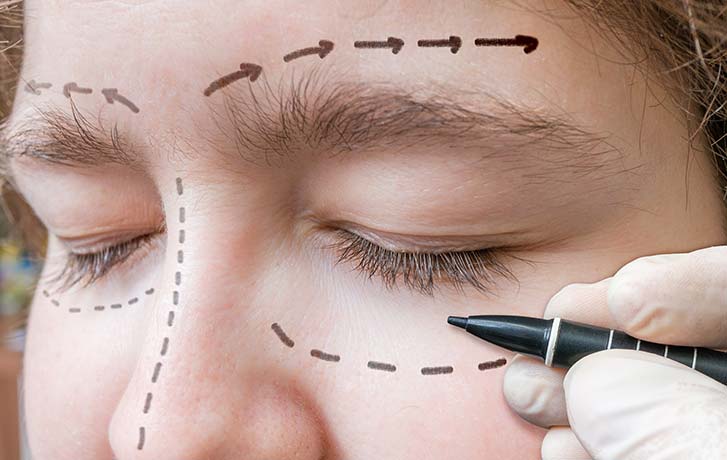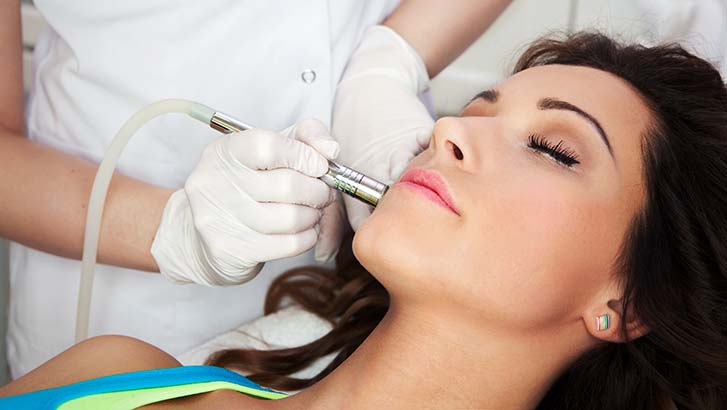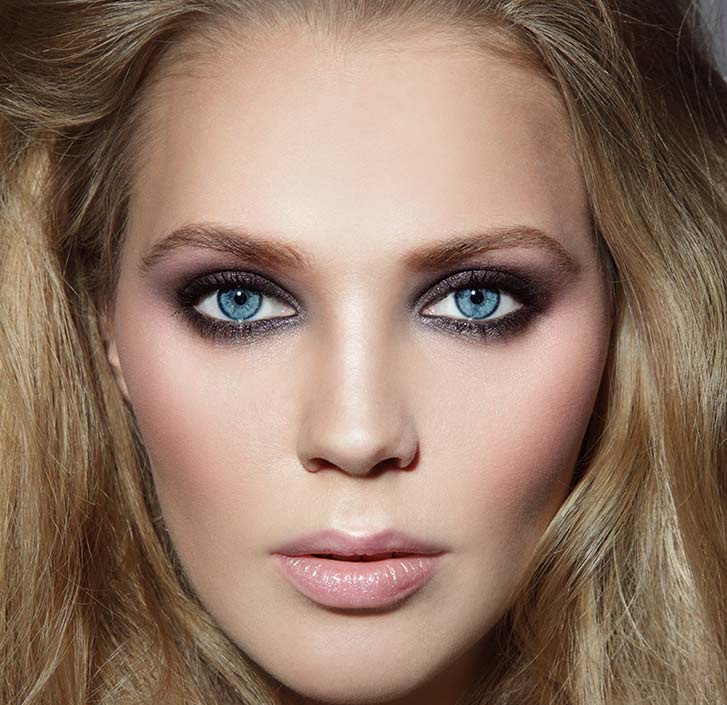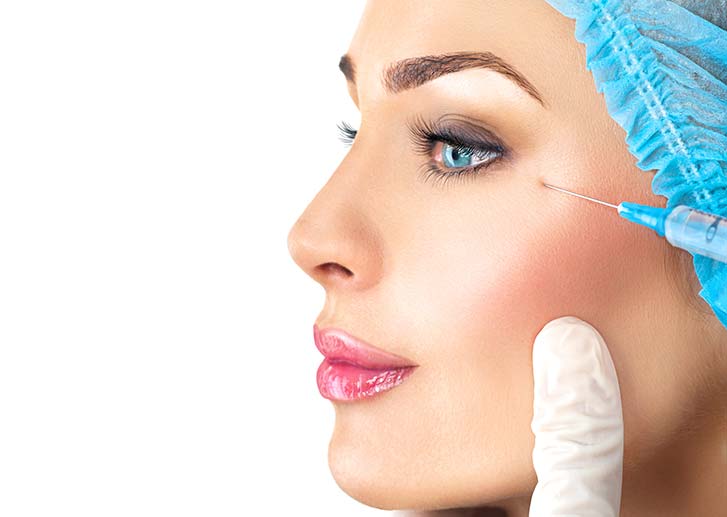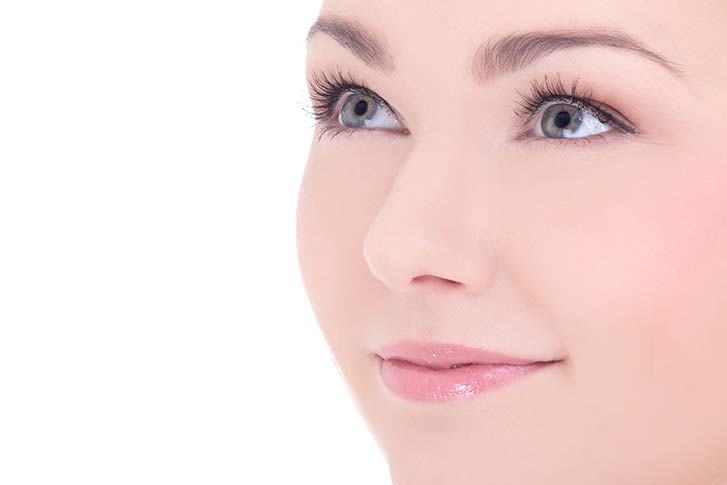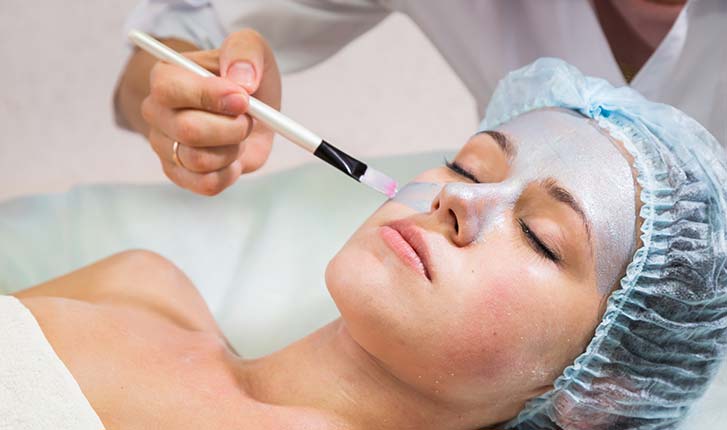Youthful Cosmetic Procedures

Cosmetic Procedures for a Younger Looking Face
Do you ever look in the mirror and long for the way your face used to look back when you were younger? The way your skin used to be smooth and near flawless? Then maybe it’s time to look into cosmetic procedures as a way of giving your face its youthful glow back.
There are many different cosmetic procedures that can help give you a younger looking face. But before you get to the consultation, here are some things that you need to know about some of the most common facial cosmetic procedures.
Facelift
A facelift will help remove or reduce the appearance of wrinkles and sagging of the face by lifting the skin off the face so that the skin and tissues beneath can be tightened and the skin can be repositioned smoothly over the face. During the procedure, your doctor may remove some fat and skin.
While having a facelift can reduce the signs of aging to a great extent, it can’t reverse sun damage or remove all facial wrinkles around the eyes, below the nose, and around the lips. Facelift surgery also has some unlikely risks worth being noted, which include:
- Reactions to the anesthesia
- Bleeding under the skin
- Infection
- Nerve damage
- Numbness
- Hair loss
- Tissue loss
- Scarring
- Blood clots
Eye Lift
Eye lift, or eyelid surgery, helps remove bagginess from lower eyelids and excess skin from the upper eyelids, which can help improve vision in older people, although it is often done for cosmetic reasons alone. During the procedure, your doctor will cut along the natural lines of your eyelids to separate the skin from the tissue beneath in order to remove excess fat, skin, and muscle. The results from upper eyelid surgery can last between five to seven years, while lower eyelid surgery rarely needs to be repeated.
Some of the possible risks involved in an eye lift are:
- Bleeding
- Infection
- Dry eyes
- Abnormal colouring of the eyelids
- Eyelids that fold in or out abnormally
- A pulled-down lower lid lash line
- Possible loss of vision
Neck Lift
A neck lift is a series of procedures (including removing excess skin, removing or altering neck muscles, liposuction to remove excess fat, and Botox injections to address problems with fullness) that work to enhance the appearance of your neck.
While recovery from a neck lift might take some time, most people are able to return to work within 10 to 14 days. However, you will have to wait three weeks before resuming physical activity.
Botox
Botox injections are a cosmetic procedure that can lessen the appearance of facial wrinkles by blocking nerve activity in the muscles, causing a temporary reduction in muscle activity. Depending on the area being treated, your doctor may inject the Botox into more than one area at a time.
Some of the common side effects of Botox injections to be aware of are:
- Trouble swallowing
- Muscle weakness near the injection sites
- Bruising
- Bleeding
- Pain
- Redness or swelling
- Headache
- Tiredness and muscle stiffness
- Dry mouth
- Blurred vision
- Increased sweating
- Cold symptoms
If you experience any of the above side effects for a prolonged period of time, it’s advised to inform your doctor. It is also important to note that Botox injections are temporary and your wrinkles may return completely within three months after an injection.
Laser Resurfacing
Laser resurfacing works to reduce facial wrinkles, blemishes, and acne scars by directing short, concentrated pulsating beams of light at the problem areas to remove skin, layer by layer. The two most common types of lasers used for laser resurfacing are carbon dioxide (CO2) and erbium. Both lasers work to vaporize skin cells damaged at surface level.
Small white bumps, known as milia, may appear during the healing process, but are easily treatable by your doctor.
Make an Appointment
Before setting your heart on one of these procedures, it is important to book a consultation with an experienced doctor. Make an appointment with Dr. Binder. With years of experience in cosmetic surgery, and specializing in facial procedures, he can help you make the right decision about how to best make your face look younger.

